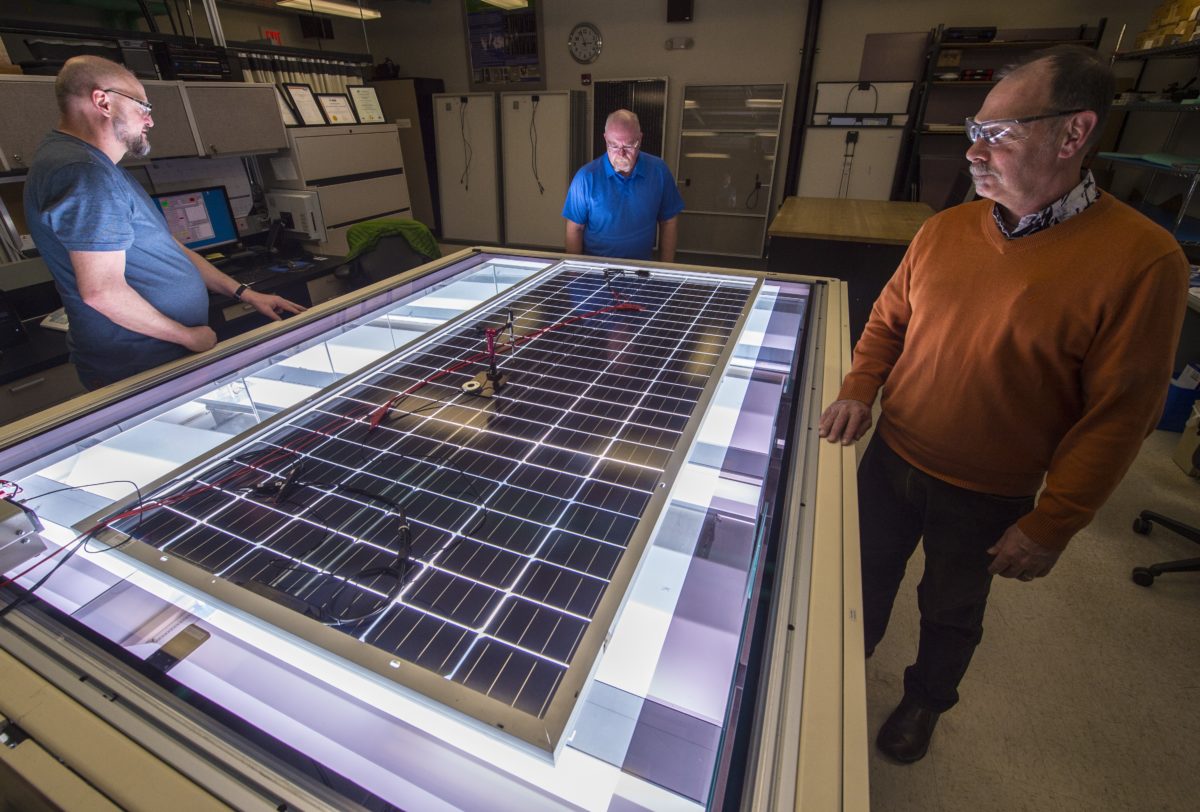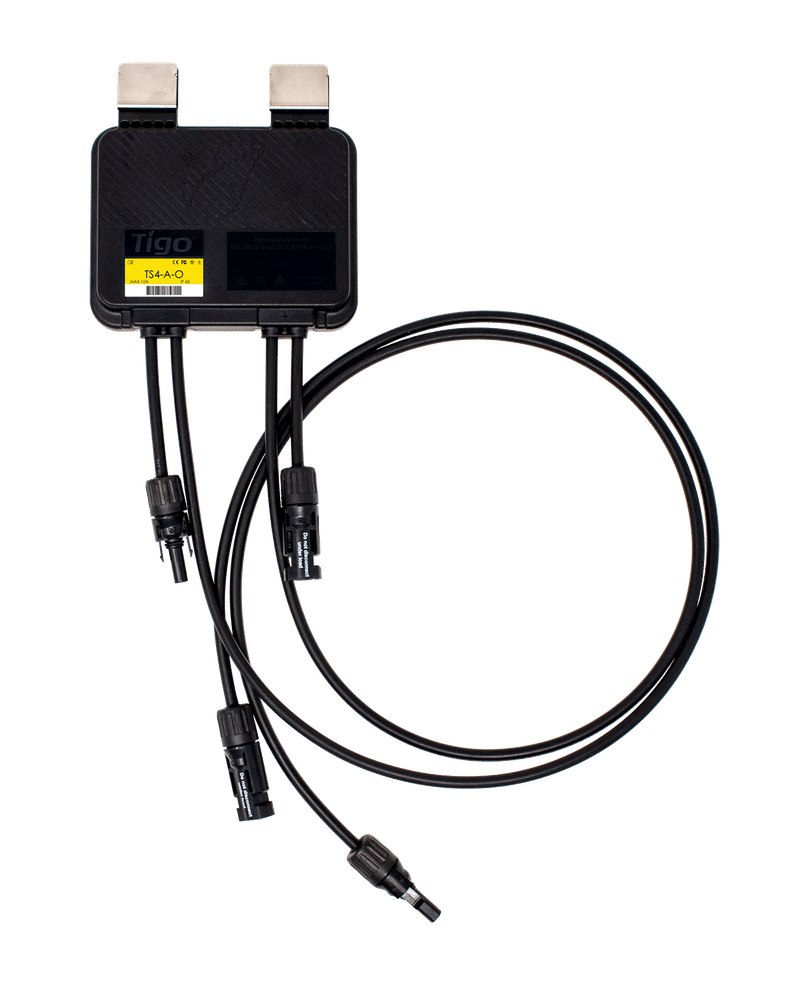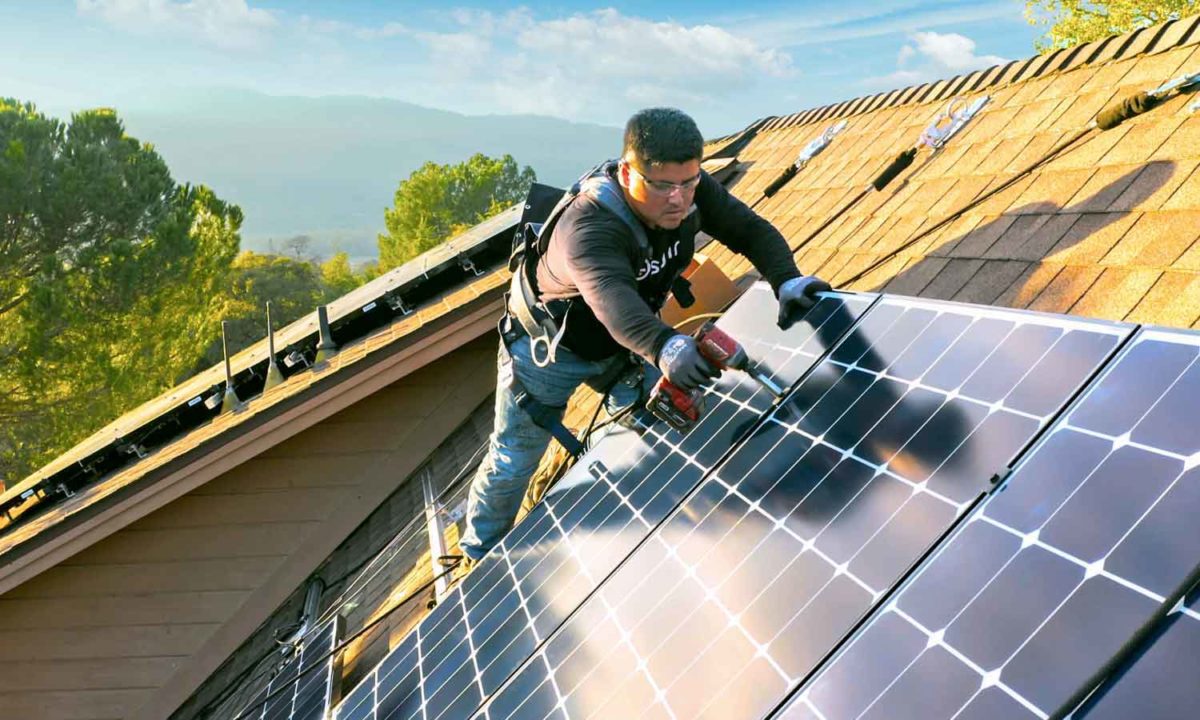https://www.pv-magazine.com/2022/08/15/monitoring-degradation-for-13-module-types/

Modules are flash-tested at NREL's lab in Colorado.
Image: Dennis Schroeder, NREL
Any change to the contents of a PV module – whether moving to an entirely new cell technology, or simply changing the thickness of the glass in front of the cells– can affect its performance in the field and its susceptibility to different mechanisms that reduce performance over time.
Scientists led by Sandia National Laboratories in the United States investigated how frequent changes in module technology affect their long-term performance. The group purchased 834 PV modules from the open market between 2016 and 2018, and has since been carefully monitoring their performance installed at locations with varying climate conditions – New Mexico, Colorado and Florida.
Modules were selected from seven different manufacturers, covering 13 different module types. Based on the number of manufacturers included in the study, the selection represented 55% of the US module market in 2020, based on market figures from Wood Mackenzie.
Modules were flash-tested upon arrival at their installations (testing conducted by Sandia in New Mexico, the US National Renewable Energy Laboratory in Colorado, and the University of Central Florida. A sample of the installed modules was then tested annually and compared against control modules stored in a climate controlled dark room for the same time period.
The full testing procedure, along with the results, is described in “Onymous early-life performance degradation analysis of recent photovoltaic module technologies,” which was recently published in Progress in Photovoltaics. The study found that module degradation rates tend to stabilize after three to four years, and that additional flash-testing after this period could help system owners better ensure that modules are performing according to financial expectations.
Popular content
They also noted significant differences between different bill of materials, even in modules from the same manufacturer. And the modules installed in the hot and humid subtropical climate in Florida saw a significantly degradation rate – though the study notes that a larger sample would be needed to verify this as a trend.
The degradation rate of 26.1% of modules installed exceeded the limits specified in the warranty, while 56.5% of those studied would continue to perform at better than 80% of their initial rating beyond 30 years in the field, assuming their degradation continues at the same rate.
“Although the costs declined sharply in the last decade, module degradation rates do not seem to be affected, at least for the sample investigated in this work,” the paper concludes. “This is a very encouraging result, but more opportunities exist to reduce Rd to levels that enable longer PV module lifetimes.”
This content is protected by copyright and may not be reused. If you want to cooperate with us and would like to reuse some of our content, please contact: editors@pv-magazine.com.




